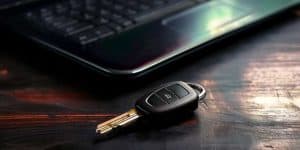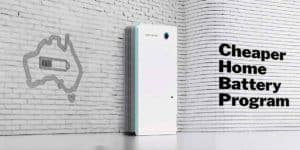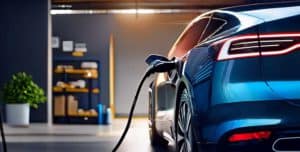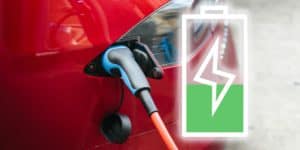Buying an EV

Energy Saving Guide
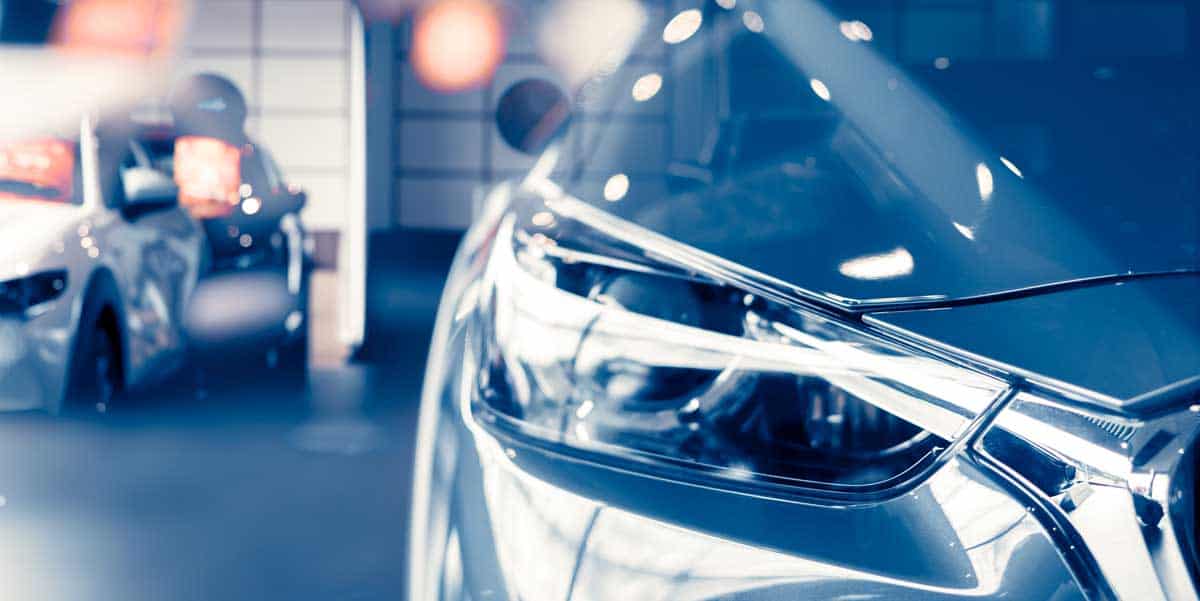
EV Buyers Guide
How do you pick the best EV from the increasing range of electric vehicles on offer? It helps if you know the practical features that matter to everyday EV owners.
WATTever’s EV Buyers Guide outlines the eleven key vehicle features that you should be bear in mind when shopping for an EV. These are things that you’ll soon discover make EVs hugely exciting (and on occasion, just a little frustrating). Some may be essential for you. Others are ‘nice to haves’. All are worth considering.

Over the last 15 years, I’ve purchased and owned six EVs – a Hyundai ioniq 5, Tesla Model 3, Hyundai Kona, Nissan Leaf Gen 1, Mitsubishi Outlander PHEV and Zero SR and Vectrix motorcycles. Plus, I’ve had the opportunity to drive many other models, including the Tesla Model S & X, Nissan Leaf Gen 2, BYD e6, Renault Zoe, Holden Volt, Renault Kangoo, Hyundai Ioniq and Jaguar I-Pace. I’ve realised there are features that daily EV owners value and use. However, these features are often missed or underrated in car reviews. This situation isn’t surprising because very few journalists own an EV or rely on one every day.
Eleven essentials when choosing an EV
Weighing up these features will help you determine the most suitable model from your shortlist to match your motoring needs. Whether you are reading reviews or taking a test drive – these features are worth thinking about, asking questions and researching how your prospective EV purchase stacks up.
- Performance
- Range
- Charge Rates
- Efficiency
- Dedicated design
- V2x Support
- Over-The-Air Updates
- Remote Access
- Battery Management (heating/cooling, charging optimisation)
- Battery Warranty
- Purchase Incentives
1. Performance

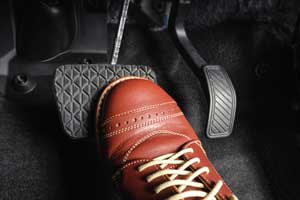
When test driving an EV, it’s a good idea to try all of the drive modes and regenerative braking levels to see how they suit your driving style.
2. Range

Are EV range numbers realistic?
In Australia, EV ranges are based on the WLTP rating system. This rating includes a mix of driving speeds and allows comparison between vehicles. Range ratings can be readily met or exceeded when driving smoothly at 80kph or below. That’s because EVs are more efficient at lower speeds where there is lower aerodynamic drag. However, for highway driving at 110kph in Australia, the ‘real’ range would be as low as ~70% of the official WLTP range in mild conditions.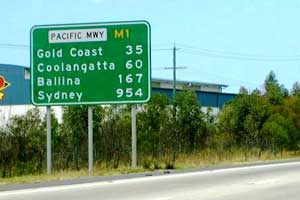
Can we take a serious road trip?
For most EVs, more stops are necessary on long-distance trips than for an equivalent ICE vehicle. But this doesn’t stop the fun. Driving from Sydney to Melbourne can be comfortably completed in EVs with a highway range of 250+km with 3 or 4 stops. For example, the Tesla Model 3 SR+, which at the time of writing costs ~$59K driveway in NSW (after rebates), would make the trip in 9h 50m. This time includes four ~20-minute stops at fast chargers at Goulburn, Gundagai, Wodonga and Euroa. The result is very close to the equivalent time for any car driving this distance when you factor in the inevitable petrol, food, coffee and ‘comfort’ stop(s).
How much range do I need?
A handy tool you can use to help work out what EV would be suitable for your long-distance driving needs is A Better Route Planner. Set the start location and destination. Then the software automatically sets a route through charging stations to get you to your destination in the shortest period. You can select different EV vehicle models and see the impact. These practical examples are an excellent way to figure out how much range you need. EVs with larger batteries will be more expensive. So it’s worth checking to see what you’ll use.

3. Charging rates
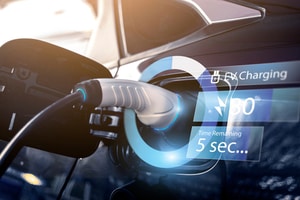
Fast charging
The best way to compare charging rates is to see how many kilometres of range gets added for each hour of charging. For long road trips, you’ll want to fast charge. Good fast charging rates are over 600km per hour. Or about 200km in 20 minutes. In our experience, a ‘driving to charging rate’ of more than 6:1 should mean a 20 minute stop every 2 hours and a pretty relaxed drive and a Sydney Melbourne run of just over 10 hours.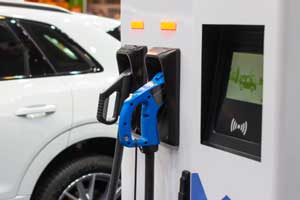
Slow charging
Electric vehicles come with onboard chargers that allow you to top up your battery:- very slowly (20+ hours from 0-100% @ 15kph range added per hour) from a standard three-pin Oz socket at a rate of ~2kW; or
- slowly (4-10 hours @ 50-100kph range added per hour) from a faster charging station at a rate of 4-22kW.

4. Efficiency
The sweet spot for distance.
EVs with smaller (therefore lower-cost and lighter) battery packs can offer high efficiency and better handling. Couple that with the fast charging, and there’s a recipe for quicker long-distance trips. For example, the Tesla Model 3 offers excellent range, efficiency and fast charging. Add to this the AutoPilot/Autosteer function and an EV option that excels at quick, relaxed, long-distance driving.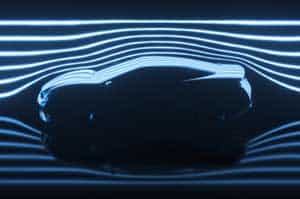
5. Dedicated design
Why dedicated design is good
Dedicated EV platforms design the chassis around the battery pack. Doing this enhances weight distribution helping to improve handling. It also allows for better use of interior space. Because electric vehicles only need small motors connected directly to each axle, removing the drivetrain opens things up. Benefits can include a front trunk, more room in the rear seat footwell (hello middle seat legroom!) and sizeable underfloor storage behind the rear wheels.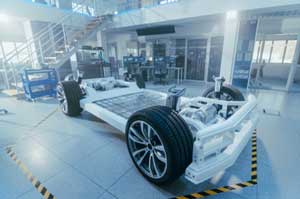
We’re big fans of EVs built on dedicated platforms. While they can come at a higher cost, they generally offer better performance, space and handling dynamics than EVs from a shared platform.
6. V2X Support aka ‘Battery on Wheels’
V2X encompasses a range of acronyms that describe accessing the energy stored in your EV’s battery. These include V2L (Vehicle to Load), V2H (Vehicle to Home) and V2G (Vehicle to Grid). V2X has been mostly limited to the Nissan Leaf and Mitsubishi Outlander PHEV. That’s because these vehicles are compatible with Chademo, a bi-directional charging/discharging standard.
V2H and V2G – access your EV battery
In Australia, local V2G trials have commenced. The goal is to certify V2G hardware to enable discharging energy from a Nissan Leaf’s battery into the grid [add a reference here]. The hardware has a price tag of over $10,000. However, it does promise the ability to access a massive battery. In the case of the Nissan Leaf – up to 40kWh.
We’re quite not there yet with the regulations. Powering household appliances (V2H) or exporting to the grid (V2G) from an EV still requires updates to the Australian Standard (AS4077).
V2L – campers special
In V2L standard enables appliances to be plugged into an EV, usually with a small adaptor. This means you can run anything from a microwave, kettle or jumping castle off the vehicles battery pack.
The Nissan Leaf and Mitsubishi Outlander PHEV Vehicles support Vehicle to Load (V2L). Both use lower-cost Chademo bi-directional equipment to power appliances. And more EV models that offer V2L are on the way. Scheduled local launches in 2022 include the Hyundai Ioniq 5, new Kia EV6, MG ZS EV and BYD EA1.
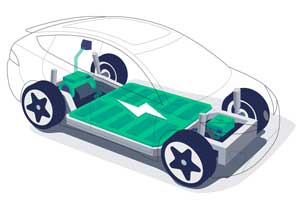

Ironically, both the Leaf and Outlander PHEV are renowned for having battery degradation issues – I know from experience, as I’ve owned both!. So if you are looking at either of these vehicles for V2X, I’d recommend doing your research around battery warranty, battery degradation and thermal management before taking the plunge on a V2X bidirectional charger.
7. Over-The-Air (OTA) Updates
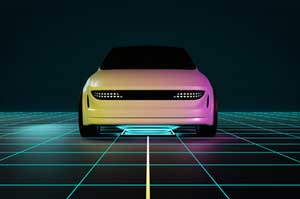
8. Remote Access
Many EVs offer mobile connectivity. Accessing information and features via a mobile app can be very convenient. For example, remote access is handy when travelling and using fast chargers. You can see when charging is complete or adjust charging limits. Remote access via a mobile app can also ensure perfect driver comfort before you open the door. Activating heating and cooling, demisters, or heated and ventilated seats makes it a pleasure to get inside.
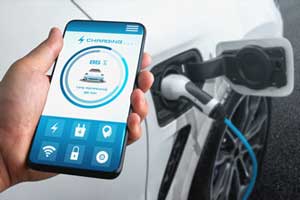
9. Battery management (heating/cooling, charging optimisation)
Good battery management is critical for safe and efficient vehicle operation — these systems control voltage limits and temperature to support maximum battery life. Battery management systems (BMS) impact the ownership experience.
The most sophisticated battery management systems (BMS) can optimise battery temperature to support higher fast charging rates and sustained power outputs.
Battery Watchouts
Less sophisticated battery management systems rely on passive or air-only cooling. So when battery temperatures become too hot or cold, the result is power output or charging limits. Batteries in older vehicles such as the Nissan Leaf Gen 1 and 2 were prone to issues. And there’s still some newer vehicles, like the Hyundai Ioniq 5, with limitations.
If you live in a hot (over 35C) or a cold climate (under 0C), you’ll want to confirm if there are any reported issues for vehicles on your shortlist. Check online reviews or owner forums to find if temperature extremes are a potential problem for the battery.
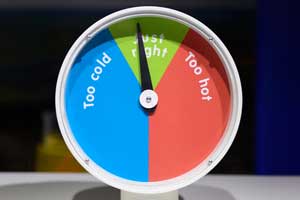
10. Battery warranty
At one time, battery failures and degradation issues were common in early EVs (such as the Nissan Leaf Gen 1 and early Tesla Model S 2012-14). However, as EV manufacturers have improved battery quality and management, warranty claims are becoming increasingly rare events. Now battery warranties are typically around eight years/160,000km and cover faults and replacement. Some even guarantee minimum battery capacity at a prescribed level (e.g. 70% of original capacity) after eight years.
Whether you are thinking of long-term ownership or future resale value, battery warranties are well worth factoring in. Check the length and coverage of these warranties to ensure peace of mind.

11. Purchase Incentives

| State | Benefits | Costs | Targets | Links |
|---|---|---|---|---|
| ACT | – Free registration for two years for new or used ZEVs – Stamp duty exemption on new vehicles – Interest free loans up to $15000 to purchase Evs | Source | ||
| NSW | – $3,000 rebate for the first 25,000 new ZEVs sold for less than $68,750 – Stamp duty waived for EVs up to $78,000 – EVs will be able to use T2 and T3 transit lanes from 1st November 2021 until at least 31 October 2022 | Road user charge of 2.5c per km to apply when EV reach 30% of all new vehicle sales or from 1 July 2027 whichever comes first. – Plug-in hybrid EVs will be charged 80% of the road user charge | 52% EV sales by 2030 | Source Source Source |
| NT | – Reduced registration – Stamp duty Reduced | Source | ||
| QLD | Reduced stamp duty on electric vehicles ($2 rather than $3 per $100 up to $100,000) | |||
| SA | $3,000 rebate for the first 7,000 EVs sold for less than $68,750 | EV road user charges to apply when EV sales reach 30% or from 2027 whichever comes first | 100% passenger EV sales by 2035 | Source |
| TAS | – Free registration for two years – $1000 grant to EV owners who share/rent their cars | Source | ||
| VIC | – $3,000 rebate for the first 20,000 EVs sold for less than $68,740 – $100 registration discount for EV passenger vehicles – Exemption from luxury vehicle duty | EV Road User Charge of 2.5c per km | 50% of new light vehicle sales to be zero emissions by 2030 | Source |
| WA | None |
Looking to power your EV? Here’s how you can save.
If you are looking for an energy plan for your EV go here for WATTever’s Guide to finding the best electricity deal for EV owners. Or go here for a personalised electricity comparison – including all the EV plans publicly listed on energy retailer’s websites (and make sure to select that you have an EV, so the EV plans appear in the results). You’ll want a recent bill on hand to enter your actual usage to get an accurate cost estimate. Plus, you can check EV-specific plans and rates here.




